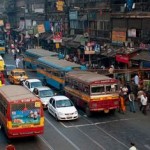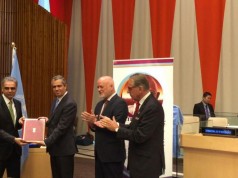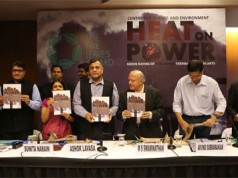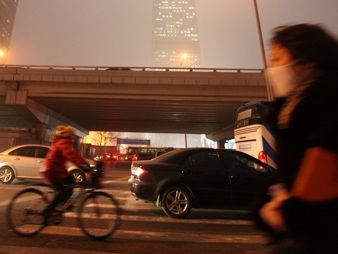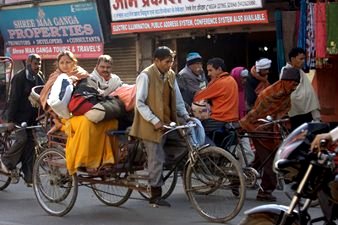
New Delhi – Rural areas adjacent to India’s major metropolitan cities are witnessing faster economic growth and higher employment generation than the mega-cities themselves, says a new World Bank report. Examining the phenomenon of rapid “suburbanization” that India is undergoing, the report offers options to city planners and policymakers to ensure that the movement of economic activity away from city cores does not affect their potential to emerge as powerhouses of growth.
The report, “Urbanization Beyond Municipal Boundaries: Nurturing Metropolitan Economies and Connecting Peri-Urban Areas in India, analyses the patterns of India’s urbanization derived from geo-referencing and linking the population and economic census, to examine whether or not “suburbanization” is enhancing productivity by tapping agglomeration economies.
Existing data suggests that the seven largest metropolitan cities in the country did not increase their overall shares in national employment between 1993 and 2006. While the largest metropolitan centers (Mumbai, Delhi, Bangalore, Kolkata, Chennai, Hyderabad, and Ahmedabad) saw a 16% loss in manufacturing jobs between 1998 and 2005, job growth in suburban and secondary towns and villages, (close to the metropolitan areas), was 12% and 45% respectively.
The report looks at this striking feature of India’s spatial transformation at a time when 90 million people joined its urban ranks in the last decade, and its cities are projected to be home to another 250 million people by 2030.
Such “suburbanization”, beyond the municipal boundaries of metropolitan cities, is leading to stagnation in the heart of metropolitan centers where land management policies are limiting the extent and intensity at which land can be used by industry, commerce and housing, the report says. The economic push away from city cores is also imposing a burden on businesses and people. Transport costs for freight are among the highest nationally between the metropolitan core and its periphery. In addition, infrastructure access and quality – for water, electricity, and sanitation – is much worse at the urban periphery compared with at the core. These challenges hurt productivity, mobility and livability in the major cities.
“With the right policies in place, the faster a country like India urbanizes, the faster it could reduce poverty and increase shared prosperity,” says Onno Ruhl, World Bank Country Director for India. “Experience the world over has shown a crucial link between urbanization and economic growth. This is why the World Bank Group under its new Country Partnership Strategy for India (FY2013-17), will deepen its support – at the national, state and municipal levels – to increase the impact of India’s urban transition to inclusive growth and service delivery, and help improve the livability of the cities,” he added.
The report suggests the need for better coordination between planning for land use and planning for infrastructure, so that densification of metropolitan areas can go hand-in-hand with improvements in infrastructure. It recommends the need to institutional reforms that would help service providers recover costs for services and reach out to poorer neighborhoods and peripheral areas.
In Colombia, for example, tariff reforms in the water sector helped in recovering costs. With almost 90% of households in Colombia having metered connections, price increases nearly halved demand, and that, in turn, allowed expanding service coverage without requiring major new infrastructure.
“Coordinating land use transformation with infrastructure improvement is one of the key challenges for Indian cities. Redeveloping existing cities and accommodating demand for urban expansion is equally important,” said Tara Vishwanath, Lead Economist and Co-author of the report.
The report also suggests that the physical connectivity between metropolitan hubs and their peripheries should be strengthened to attract more people and businesses and make it economically viable. “Better land policy, improvement in infrastructure services and faster connectivity are the three critical areas that can help India reap dividends from improved spatial equity and greater economic efficiency that come with urbanization,” Vishwanath sums up.
Key Recommendations
Enhance Productivity: Invest in the institutional and information foundations necessary for land and housing markets to function efficiently, while creating more flexibility for land use in urban areas.
Improve Livability: Increase regulatory transparency to help expand and improve infrastructure services, so providers can recover costs yet still reach poorer neighborhoods and periphery areas.
Improve Mobility: Invest in connecting metropolitan cores with their peripheries; these areas will attract the bulk of people and businesses over the medium term. Improving connectivity not only facilitates the movement of goods, but eases mobility for people.
Click here to read/download the Full Report.
Source: The World Bank.




